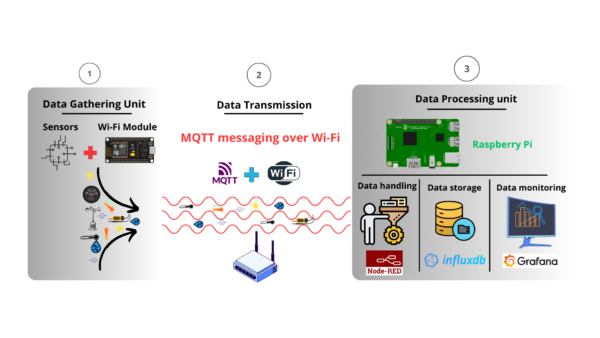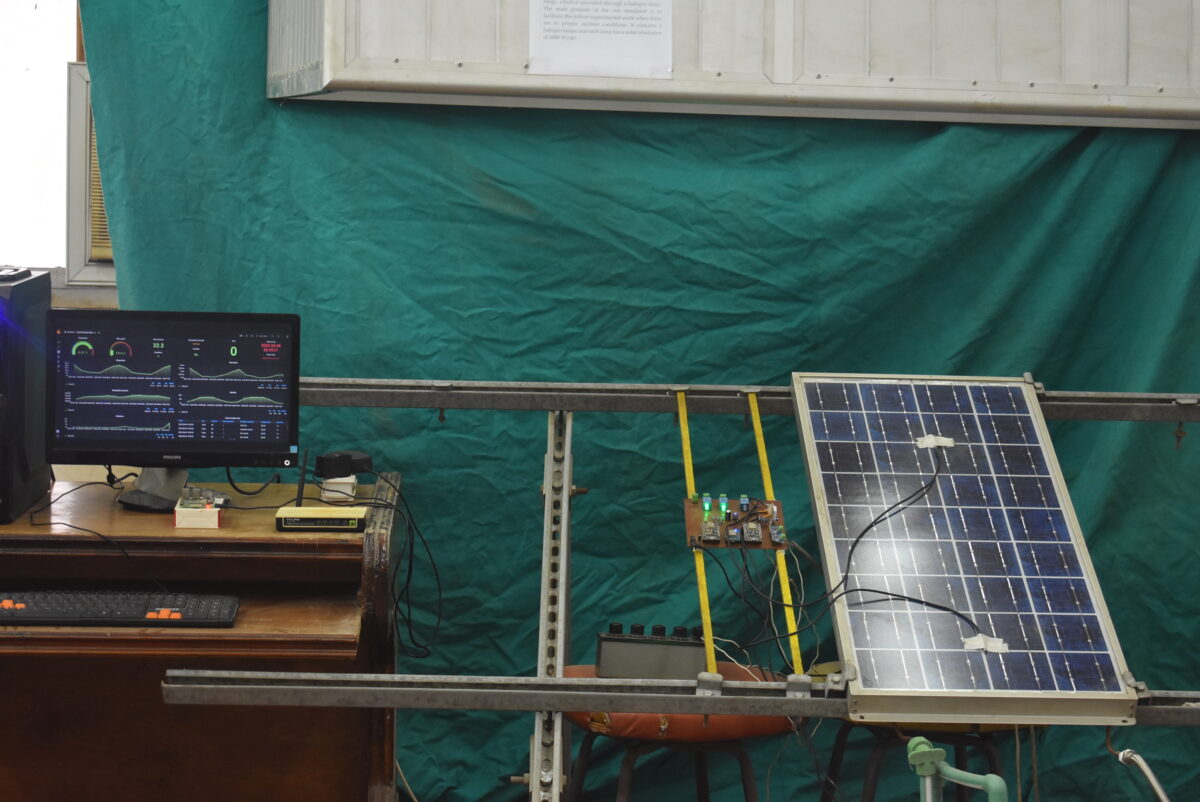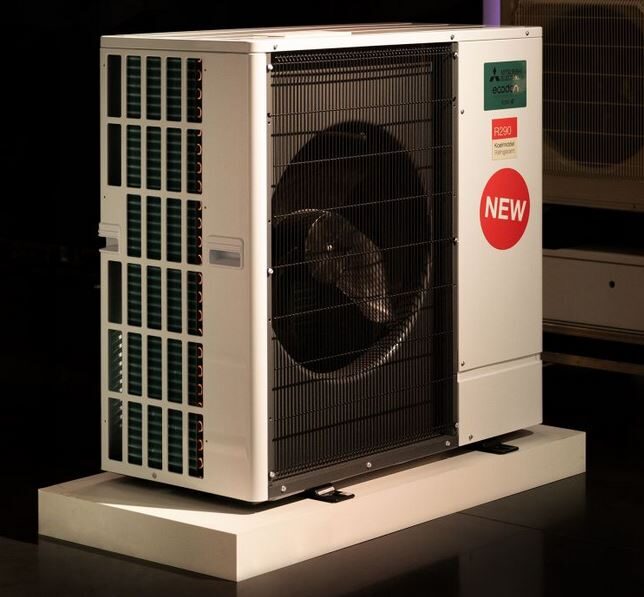A group of scientists from Egypt’s Tanta University has developed a novel, wireless system for monitoring and controlling PV systems.
It combines a custom-made printed circuit board (PCB) attached to the PV module and a single-board Raspberry Pi computer that communicates wirelessly over WiFi.
“In our work, a low-cost Internet of Things (IoT)-based wireless monitoring system for PV module performance analysis is introduced,” corresponding author, Mohamed Abu Radia, told pv magazine. “While we haven't conducted a comprehensive economic analysis, a rough estimation of the system's cost based on component prices suggests it may range from $100 to $150.”
According to the research group, the PCB of the system includes three NodeMCU WiFi modules that allow it to communicate with Raspberry Pi. One of those modules is in charge of collecting measurements, the second for servo motor control, and the third for On/Off control. The latter control can be used for various applications, such as battery storage, cleaning systems, and cooling pumps.
In addition, the PCB contains voltage and current sensors, luminosity sensors, ambient temperature and humidity sensors, and temperature sensors. It also includes relay switches for the On/Off functions and the servo motor. It is powered using a commercial 5 V/2A power adapter.
The WiFi modules of the board are all programmed to allow them to send information and receive commands via a password-protected MQTT protocol. To control the system beyond the range of a WiFi network, the scientists have also established a secure VPN tunnel.

Image: Tanta University
On the receiving side, the research group used a Raspberry Pi computer capable of working with the MQTT protocol. “The adoption of the MQTT protocol over Wi-Fi for data transfer to the central processing unit (Raspberry Pi) offered significant advantages in terms of data interference, transmission rate, and power consumption,” the academics emphasized.
To analyze the data and control the functions of the PV, the group installed a few open-source software on the Raspberry Pi. Node-RED – a visual programming tool that allows users to create and deploy workflows – was used to process the data. This data was then sorted and analyzed via the InfluxDB program. Finally, data visualization, user interface, alerts, and controls were created via Grafana with the help of some plugins. The group also integrated additional weather data from provider OpenWeatherMap into the user interface.
The scientists tested their system in a laboratory setting with a 50 W polycrystalline PV module with a cooling system. To assess the system's reliability, its reading was compared to the readings of multimeters. “The results of this comparison indicated a good degree of agreement between the measurements obtained from the proposed system and those provided by the multimeters,” they stated.
They have also looked into the latency time of the system. The average latency time – the delay between data recording and data reception – was found to be 0.323 seconds. “Our system demonstrates a relatively rapid data transmission capability, enabling real-time insights into photovoltaic module performance,” the researchers added.
“The implementation of alerts and thresholds in Grafana facilitates proactive monitoring, enabling researchers to respond promptly to deviations from predefined limits and ensuring the system operates optimally,” the academics concluded.
They presented the system in the study “IoT-based wireless data acquisition and control system for photovoltaic module performance analysis,” which was recently published in e-Prime – Advances in Electrical Engineering, Electronics, and Energy.
This content is protected by copyright and may not be reused. If you want to cooperate with us and would like to reuse some of our content, please contact: editors@pv-magazine.com.



By submitting this form you agree to pv magazine using your data for the purposes of publishing your comment.
Your personal data will only be disclosed or otherwise transmitted to third parties for the purposes of spam filtering or if this is necessary for technical maintenance of the website. Any other transfer to third parties will not take place unless this is justified on the basis of applicable data protection regulations or if pv magazine is legally obliged to do so.
You may revoke this consent at any time with effect for the future, in which case your personal data will be deleted immediately. Otherwise, your data will be deleted if pv magazine has processed your request or the purpose of data storage is fulfilled.
Further information on data privacy can be found in our Data Protection Policy.